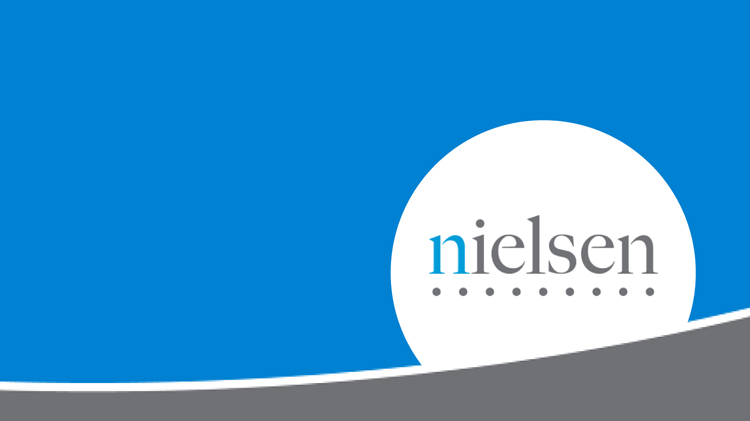Pakistan’s consumer confidence remains consistent in second quarter, at an index of 104, according to the Nielsen Global Survey of Consumer Confidence and Spending Intentions. The index has been rising since 2008, and had reached its highest level during the first quarter of 2016.
The GDP growth in Pakistan remains high at 4.7%, in FY2016, but with the increase of global oil prices we witness a shift in respondents’ faith in the country’s economy. The perception that the country is in an economic recession has increased from 69% (Q1) to 72% (Q2).
“Overall, Pakistan’s economy seems to have had a slight impact on consumer confidence this quarter. Although the index remains unchanged from the previous quarter, we can see a shift in respondents’ sentiment towards the economy. Pakistan was a beneficiary of the low global oil prices, being energy-starved, and relying heavily on imported oil. Softer oil prices will pose a threat to the government earnings, which collects substantial revenue from customs duties and import taxes. Notwithstanding, softer oil prices and resultant subdued inflation, coupled with higher foreign exchange reserves, are expected to bolster the macroeconomic outlook” said Mustafa Moosajee, Managing Director, Nielsen Pakistan.
During this quarter, 68% of the respondents are more optimistic about their personal finances compared to the previous quarter, 64%. There has been a shift in spending patterns, and respondents believe this is a good time to buy (45%) and are spending more on out-of-home entertainment, new technology, new clothes and vacations compared to last quarter. The number of respondents who are utilizing their spare cash to pay off their debts and credit card bills this quarter (12%) has dropped by four percentage points compared to the previous quarter (16%).
Established in 2005, the Nielsen Consumer Confidence Index is fielded quarterly in 63 countries to measure the perceptions of local job prospects, personal finances, immediate spending intentions and related economic issues of real consumers around the world. Consumer confidence levels above and below a baseline of 100 indicate degrees of optimism and pessimism, respectively.
Global Consumer Confidence Remains in a Holding Pattern:
Global consumer confidence held steady in the second quarter of 2016 at 98, an index score that was flat from the first quarter. North America was the only region to sustain growth momentum in the second quarter with a three-point confidence increase to 111.
Global Highlights:
- In North America, U.S. consumer confidence maintained positive momentum in the second quarter, increasing three points to 113 from the previous quarter.
- In Asia-Pacific, confidence was relatively stable at 107, a one-point decrease from the first quarter. Japan’s confidence was of particular significance since it decreased four points to 69; it was Japan’s fourth consecutive quarter of declining scores, amid weak consumption and wage growth. Japan’s GDP has been on a declining trend since 1997 and is currently at 0.5%. Japan’s exports fell for the eighth consecutive month in May. China’s score increased one point to 106
- In Latin America, confidence remained at 78, unchanged from the first quarter. Brazil’s score was flat at 74, while Peru’s score increased 11 points to 102.
- In Europe, Germany’s confidence decreased one point to 96. Meanwhile, Nordic countries and Eastern Europe showed confidence increases in the second quarter.


























